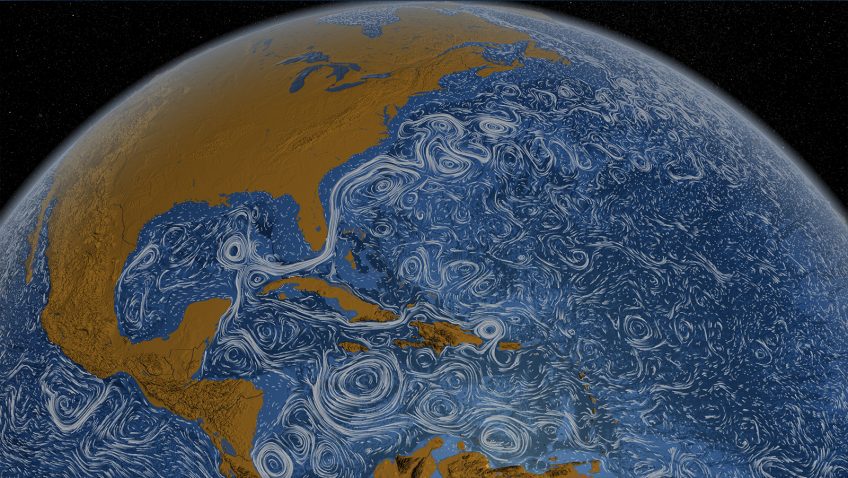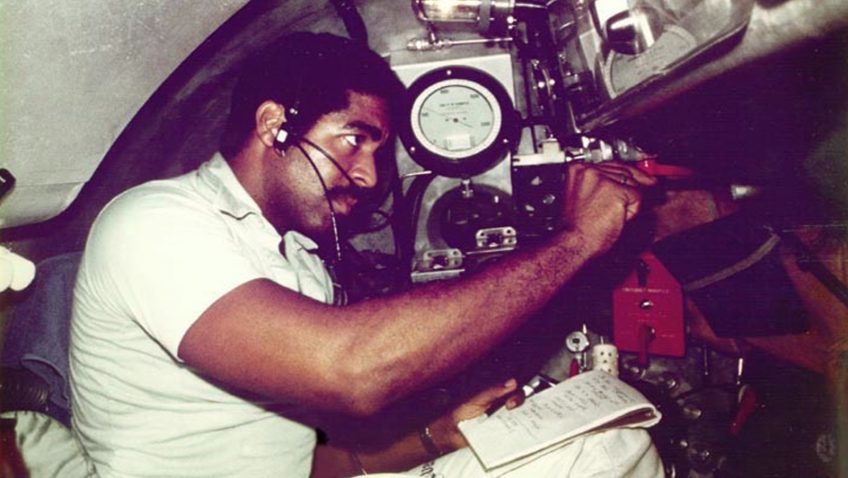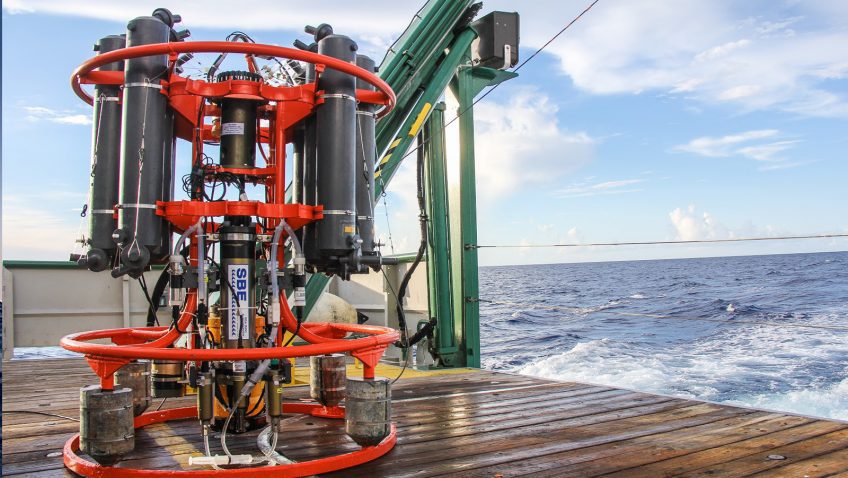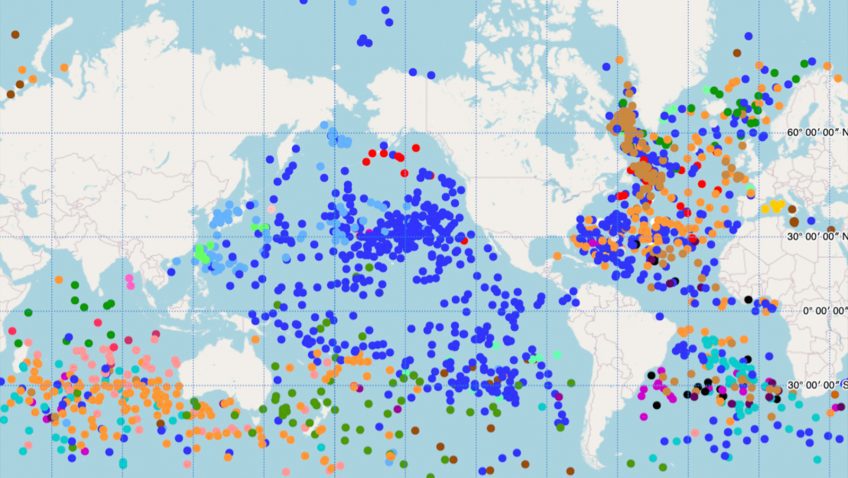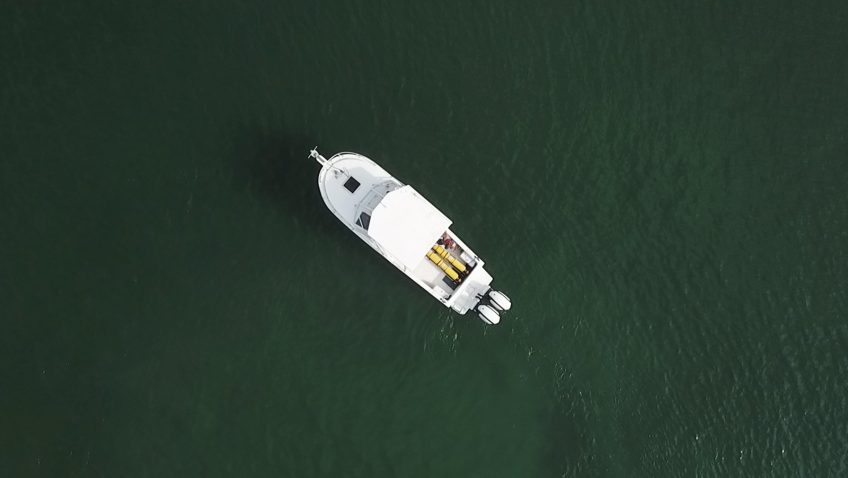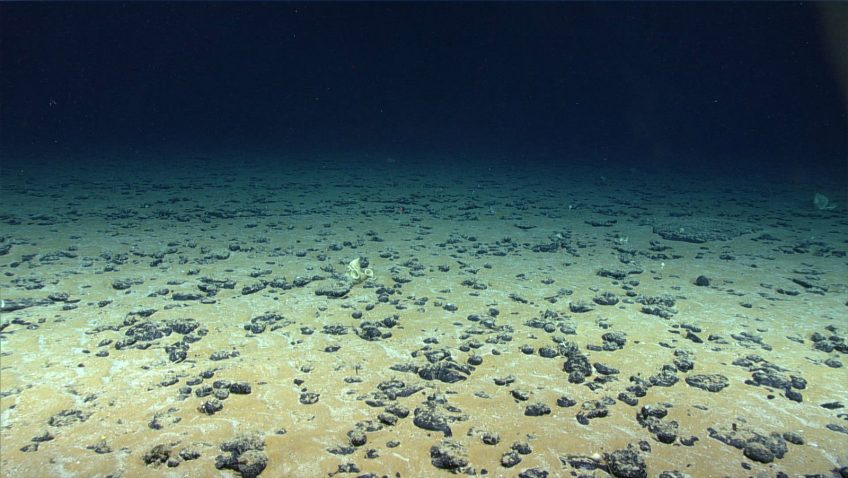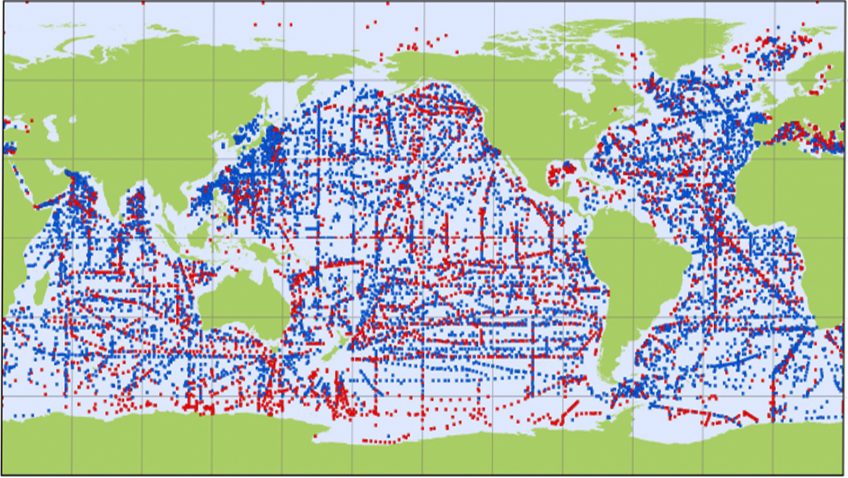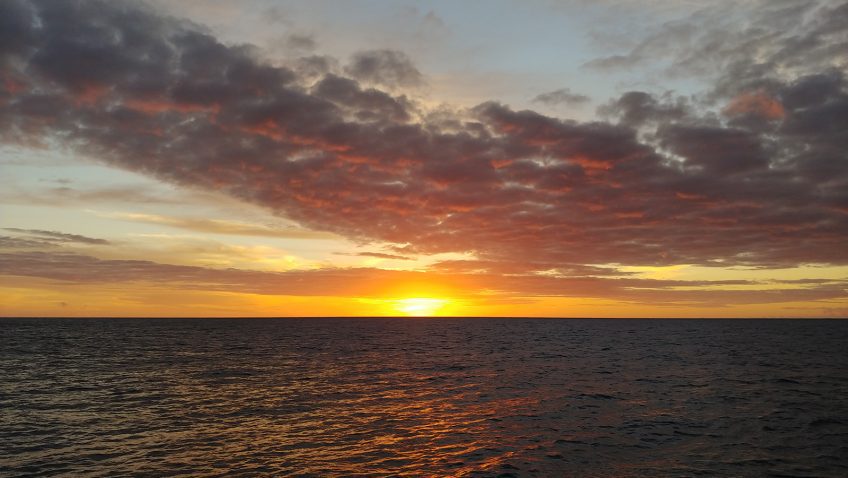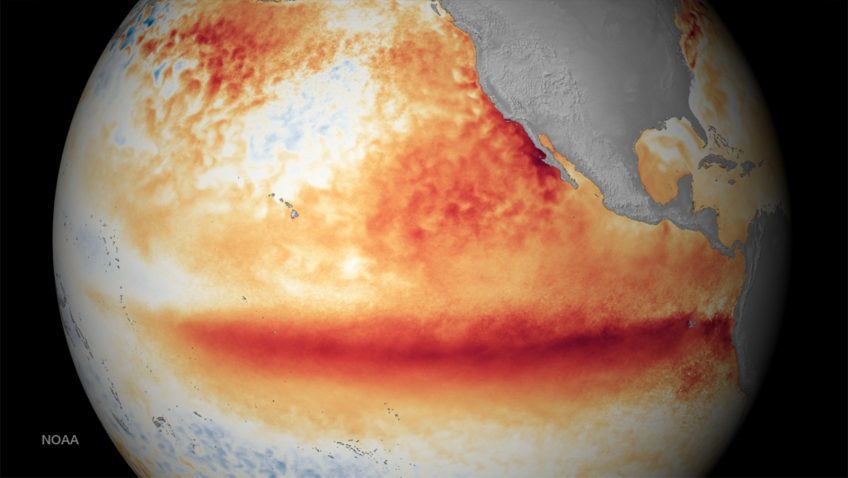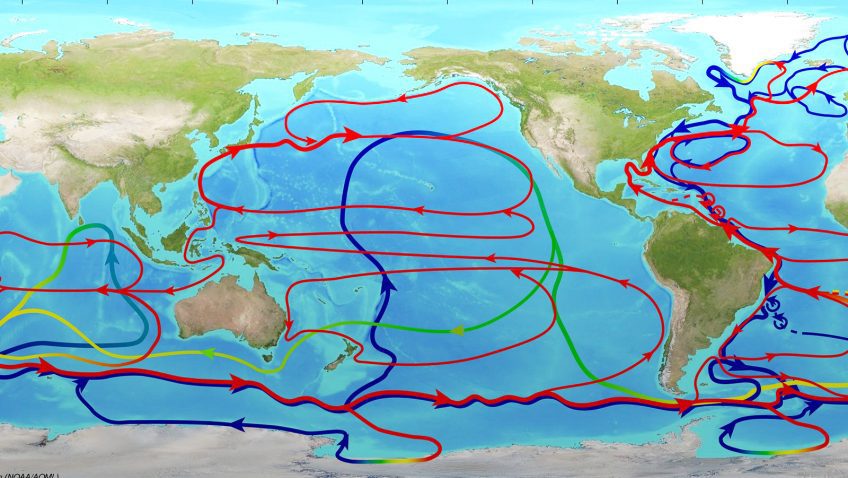Scientists Discover New Current Structure in Gulf of Mexico off Cuban Coast
Scientists at AOML in collaboration with partners at the University of Miami’s Rosenstiel School of Marine and Atmospheric Science (RSMAS) have identified Loop Current related anticyclonic eddies along the northwest coast of Cuba in the southern Gulf of Mexico, named “CubAns” (“Cuba anticyclones”). These eddies play an important role in the ocean circulation associated with the Loop Current. This team of scientists is the first to study CubANs.
